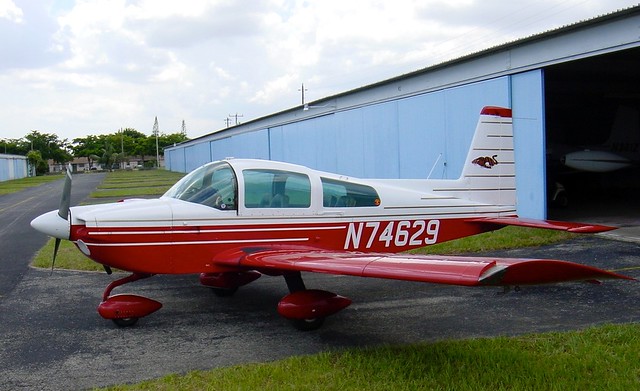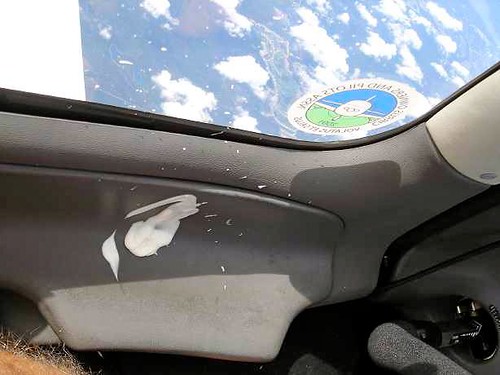- Joined
- Dec 29, 2015
- Messages
- 9,306
- Display Name
Display name:
Aztec Flyer
...Anyone disagree the AA5B is a great GA plane?
Promoting unanimity on PoA.
Against the rules!

Reported.
...Anyone disagree the AA5B is a great GA plane?

Just on Vibrate mode.Good looking Labs! Do you use the shock collar?
My guess is that the resale on the Archer will be better.
A fellow who used to hang out here, and is still on the AOPA board, flies a Tiger. I've never heard Ron say a negative thing about his. I'd love to try one some time.

Actually Cap’n Ron’s is a Cheetah (AA-5A) upgraded to Tiger specs as I recall - ? “Cheeger”A fellow who used to hang out here, and is still on the AOPA board, flies a Tiger. I've never heard Ron say a negative thing about his. I'd love to try one some time.
Actually Cap’n Ron’s is a Cheetah (AA-5A) upgraded to Tiger specs as I recall - ? “Cheeger”
That would be a Chigger!
Put mine on Banstormers when I sold it. Second caller. All of the first 10 sent a pre-buy contract hoping #2 would fail (he was getting a loan). Number one didn't get it as his contract arrived minutes after #2. All 10 were on the first day of the listing. Never had a tire kicker either!
That be Ron Levy. He is the Grumman Association’s (AYA.org) Safety Officer.
Actually Cap’n Ron’s is a Cheetah (AA-5A) upgraded to Tiger specs as I recall - ? “Cheeger”
Here you go:Sounds familiar, but I would want his confirmation on that.
I heard it's where 6PC wet his britches during a botched landing.

She's Beautiful!My 1976, owned from 1992 to 2003:

She's Beautiful!
I get tempted by looking at Yankees on barnstormers. They just look like so much fun.
How "underpowered" is a 150hp Traveler?
Also, how are they for stalls, etc? I'm a Cherokee guy so I'm spoiled by fake stalls that's why I ask.
Low time guy on 3500' paved at 1000'MSL going to be ok in summer? Are they grass planes at all?
TIA.
recently soldHow not to land a Grumman on an ice runway.
The Tiger and Archer are great planes with the Tiger being about 10 knots faster and it has better visibility over the low Glare sheild. I have flown both and currently own an Archer. I chose the cherokee line because many more were built and the parts are available with Piper still producing the Archer today. Piper actually has orders for 200-300 of them from flight schools. The useful load is also higher on the Archer by about 100 pounds depending on year and you can carry 100 lbs more in the cargo compartment. My guess is that the resale on the Archer will be better. I do miss the castering nose wheel on the Tiger for tight taxi turns.
I fly out of a 3000 ft runway and have never sweated it, usually make the turn off before mid field even on blistering hot days. Fly the right speeds and you won’t float. Stalls are benign. I can’t really comment on climb performance of a traveler, mine is a tiger.
